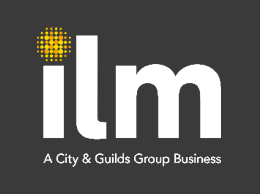In today’s diverse workplaces, the concepts of equity and equality are often discussed, but they are not the same thing. As employers strive to create inclusive environments, it’s crucial to understand the distinction between these two principles and how to effectively manage both.
Equality refers to treating everyone the same, regardless of their individual circumstances or backgrounds. It’s about providing equal opportunities, rights, and resources to all employees. However, this one-size-fits-all approach fails to acknowledge the unique challenges and barriers that some individuals may face due to factors such as race, gender, disability, or socioeconomic status.
Equity, on the other hand, recognises that not everyone starts from the same position or has the same needs. It involves providing fair opportunities by taking into account individual circumstances and removing systemic barriers. Equity aims to ensure that everyone has access to the resources and support they need to succeed, even if it means treating people differently based on their specific situations.
So, how can organisations effectively manage both equity and equality in the workplace? Here are some strategies to consider:
- Conduct assessments: Regularly evaluate your organisation’s policies, practices, and culture to identify areas where inequities may exist. Collect data on employee demographics, promotion rates, pay gaps, and other relevant metrics to gain insights into potential disparities.
- Provide accommodations: Recognise that some employees may require accommodations or adjustments to perform their jobs effectively. This could include flexible work arrangements, assistive technologies, or modifications to the physical workspace. Engage in open dialogues with employees to understand their specific needs and make reasonable accommodations.
- Offer development opportunities: Ensure that all employees have access to training, mentoring, and career advancement opportunities. Provide targeted support and resources to help underrepresented or disadvantaged groups overcome barriers and reach their full potential.
- Foster inclusive leadership: Cultivate an inclusive leadership culture where managers and decision-makers are aware of their biases and actively promote equity and equality. Provide training on unconscious bias, cultural competence, and inclusive practices.
- Encourage employee resource groups: Support the formation of employee resource groups or affinity groups that bring together individuals with shared identities or experiences. These groups can provide a sense of community, mentorship, and advocacy within the organisation.
- Engage in open dialogue: Create safe spaces for employees to share their experiences and perspectives. Listen to their concerns, and involve them in the decision-making processes that shape equity and equality initiatives.
By effectively managing both equity and equality, organisations can create a more diverse, inclusive, and fair workplace culture where everyone has the opportunity to thrive and contribute to their fullest potential.
Futureproof’s Managing Equality & Diversity explores the impact of equality & diversity in the workplace and the role and responsibility that managers have in encouraging an inclusive working environment. For more information, please contact us on info@futureproof-training.co.uk






